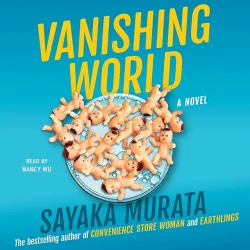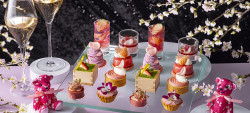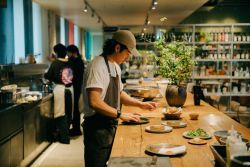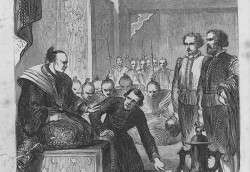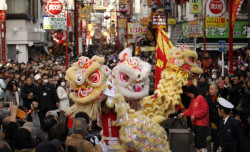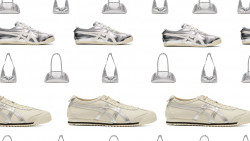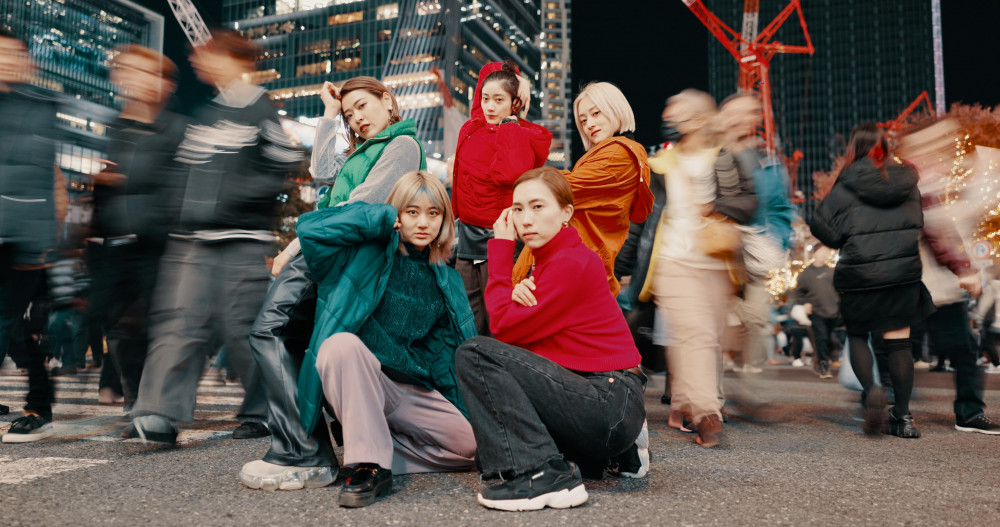
July 25, 2024
Tokyo Trends: 90s Fashion in Tokyo
Fashion serving as a driving power of social change and art liberation
At the end of the millennium, Tokyo encompassed an extensive array of fashion trends. It had everything from street style to colorful everyday clothes such as pops of yellow and orange beneath oversized blazers popularized by the 1991 mini-series “Tokyo Love Story“. Tokyo’s youth used fashion as a freedom of expression and subversiveness against LGBTQ+ discrimination.
It was a way to rebel against the structure of everyday life, and to embrace androgynous clothing – a step towards a society more accepting of social change. Such was the power of this fashion movement, that 90s styles still define aspects of Tokyo’s contemporary fashion scene today. You can find the designs that were central to the 90s at KENZO, featuring graphic sweaters and statement button-ups. Comme Des Garçons and the famed red heart is just the surface of the 90s legend, holding staples such as statement platform shoes, distressed and imperfect sweaters and collared shirts.
Androgynous Fashion
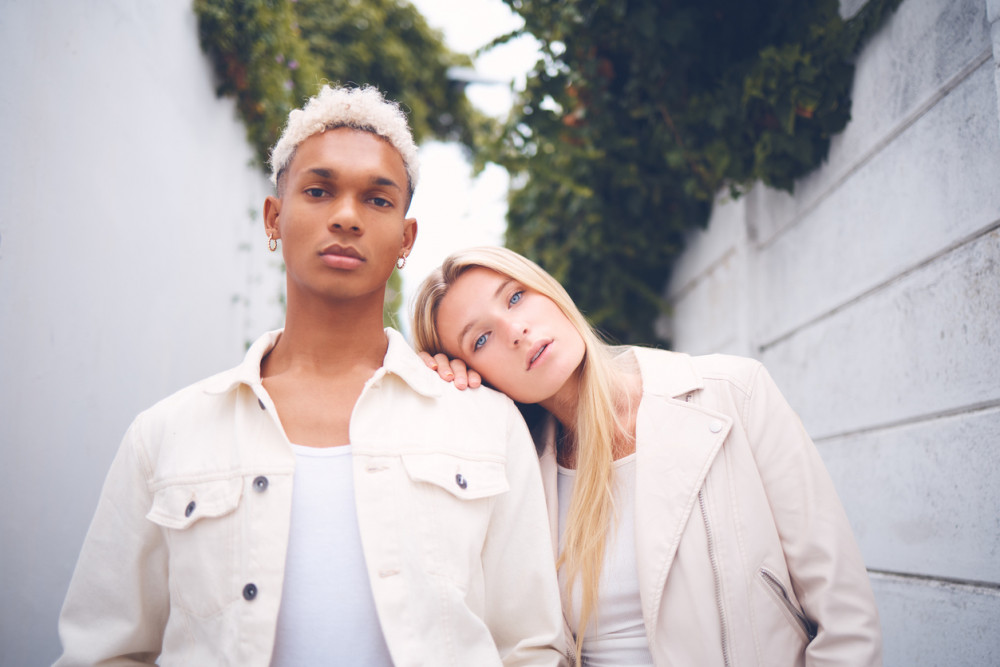
Japanese designer Yohji Yamamoto aimed to design clothing that anyone could wear. Through androgynous styles he wanted to protect the female body from the male gaze or the “cold wind”. In an interview with The Talks, his starting point was from protecting the human body, before realizing he was creating to actually hiding women’s bodies.“This is about sexuality, protecting it”. His creation of androgynous clothing expanded the range of fashion beyond “male” and “female” into all genders and any sexualities. Long coats with accentuated waistlines and flowing maxi skirts were suddenly being rocked by all genders, as well as straight silhouettes. His first ideas of androgynous clothing stirred following his Y’s line in the late 1970s. Later the 90s became a time when people wore whatever they wanted regardless of gender, rebelling against the societal norm of limiting expressions of sexuality and gendered fashion.
Street Style
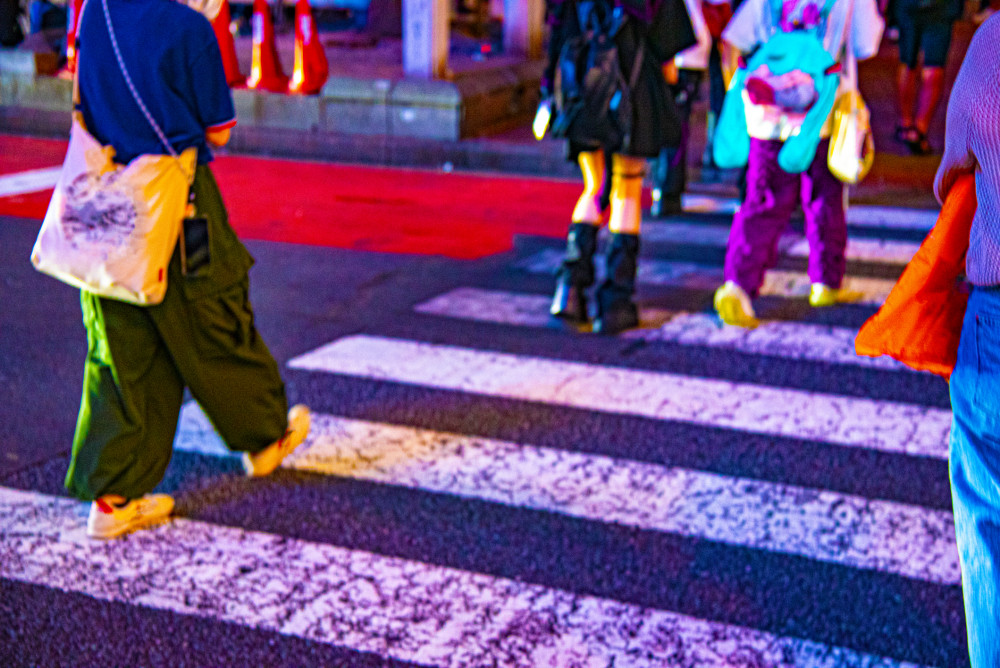
Rebellion against discrimination towards LGBTQ+ and women’s rights was symbolized through fashion that stretched beyond the socially deemed “ordinary”. The emergence of streetwear brands such as BAPE, Comme Des Garçons and UNDERCOVER strengthened them further. Self-expression through fashion brought about graphic tees displaying bold letters, often layered over baggy jeans or checkered pants. Following a rocky coming-of-age outline, the key was to play with textures, such as knit shirts over lace skirts, and printed shirts over printed pants, paired with platform shoes. Most importantly, these looks were accessorized with accent chains, necklaces, oversized beanies, and printed crossbody bags.
Trade of Influence

Fashion powerhouses such as Louis Vuitton and Ralph Lauren were of great influence throughout Tokyo. Items such as loafers and trench coats characterized their popular styles. Collared looks were just as popular as they are in today’s fashion scene, with outfits often accented with color. Mini skirts were adopted against a conservative society, aligning with Tokyo’s rapidly evolving modernization. The Western concept of modernization and Japanese philosophies of embracing imperfection instilled a sense of liberation in Tokyo’s fashion scene.
Luxury of Color / “Hanae Mori: the Butterfly”
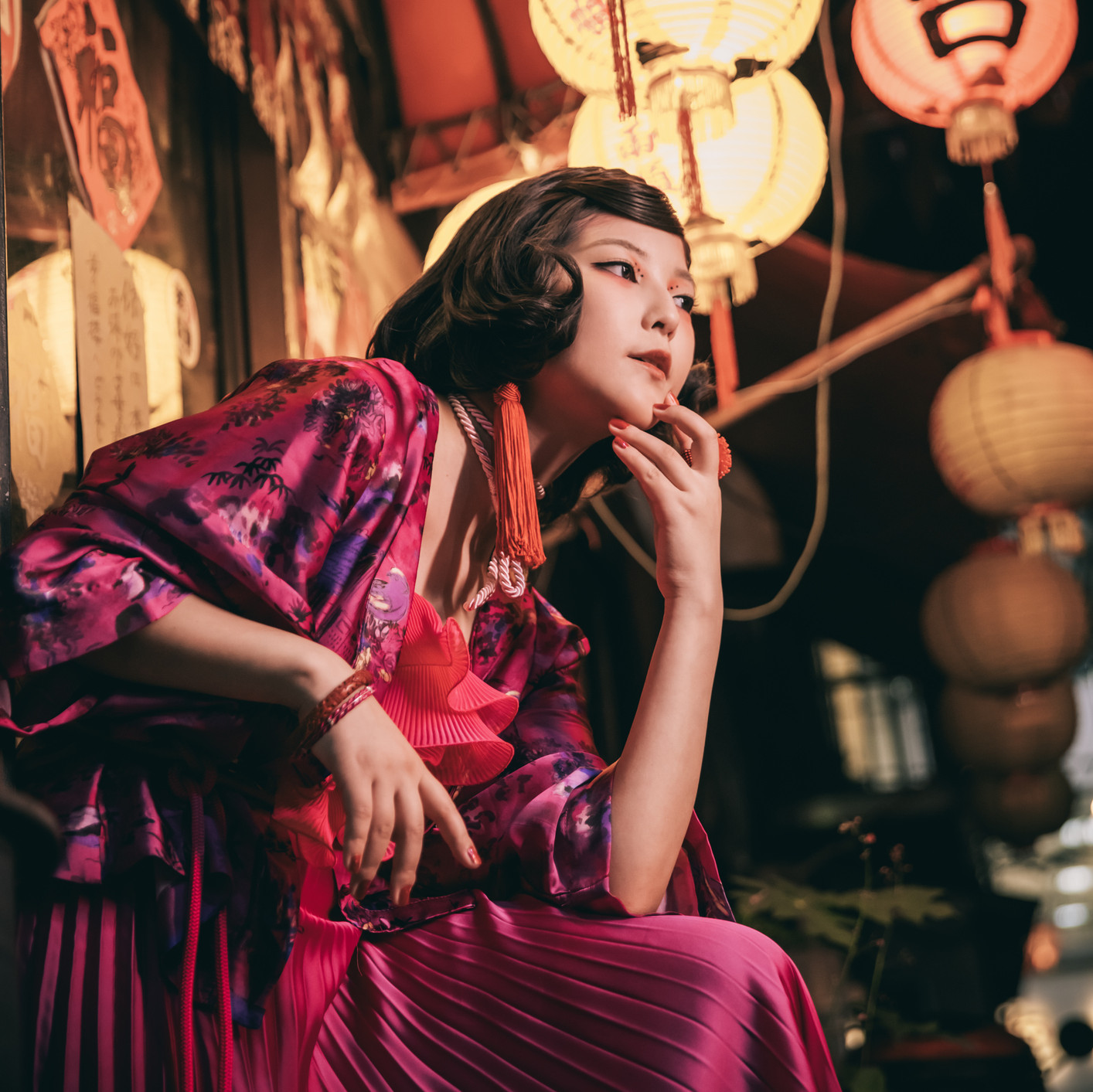
Olive green, beige and gray remained as staples from the 80s, but color was blooming in almost every style. Whether it meant a vibrant one-piece dress or pops of neon keychains swinging from rucksacks, color brought happiness into the lives of high schoolers and adults alike. Vivacious colors date back to the Heian period, when gender roles and social classes defined themselves by color. There were strict rules bounding noble women to the season’s colors such as deep pink, white and green for the summer, and men wore darker versions of the lower-ranking class. The 90s eradicated the need for division between colors. A stereotype of Harajuku fashion is its unapologetic explosion of colors. However, the 90s typically saw more understated outfits accentuated by one or two vivid highlights of color through accessories like hair ornaments, leg warmers and jewelry. Hanae Mori, the first Asian designer, never shied from the deepest and brightest of colors also found in 90s accessories. She often embedded butterflies in her designs as symbols of “strength and vibrance”.
Designer Brands
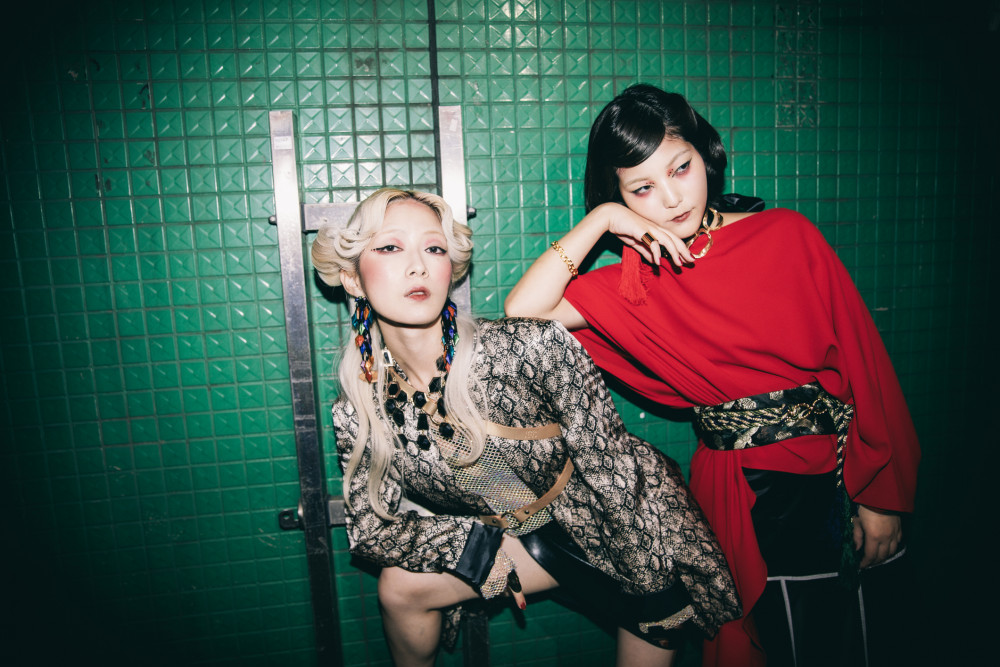
World-renowned Japanese designers Yohji Yamamoto, Issey Miyake, Chitose Abe and Rei Kawakubo, just to name a few, were well-received nationally and globally because of their design philosophies. Wabi sabi, the Japanese art of embracing imperfection reached the hearts of European designers such as John Galliano, before at Dior and Givenchy and now at Maison Margiela, was inspired by Kawakubo’s use of black and incorporated elements of the kimono into his Fall 1994 collection, and global fashion moguls incorporated this philosophy into runway and ready-to-wear styles. Monochrome outfits and the mixing of fabrics and silhouettes have only grown more profound in the contemporary scene we see today.
Slice of Life
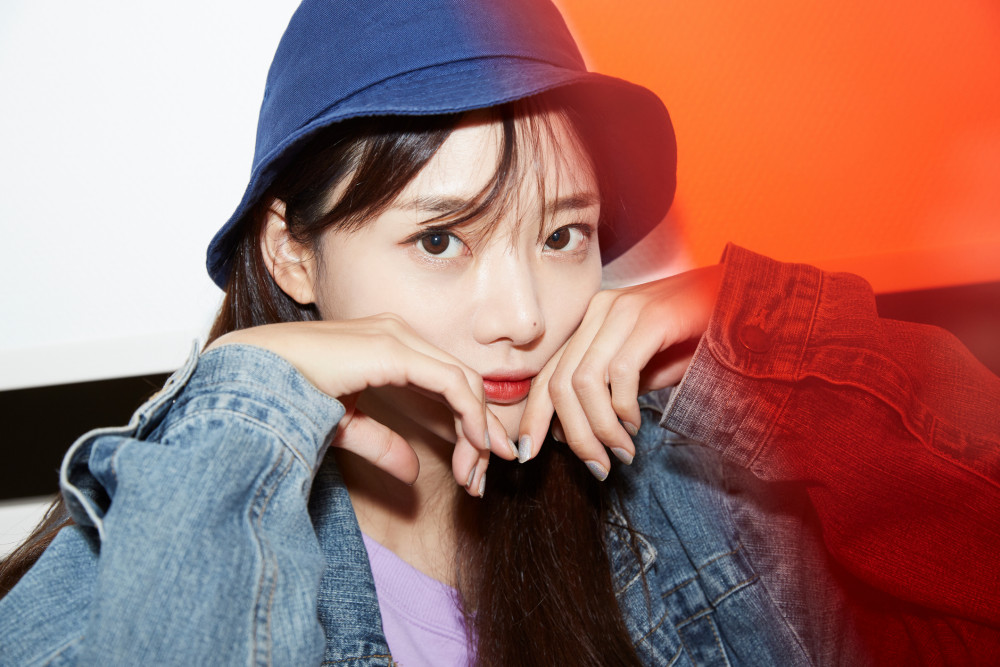
White shirts tucked into either straight or wide-leg jeans dominated the everyday look, with the denim jacket being another fashion staple. The appreciation of everyday life’s simplicities and imperfections was already profound in this era. These sentiments were complemented by wonderfully casual items such as plaid and button-up shirts, which were worn by all walks of life across all of Japan.
